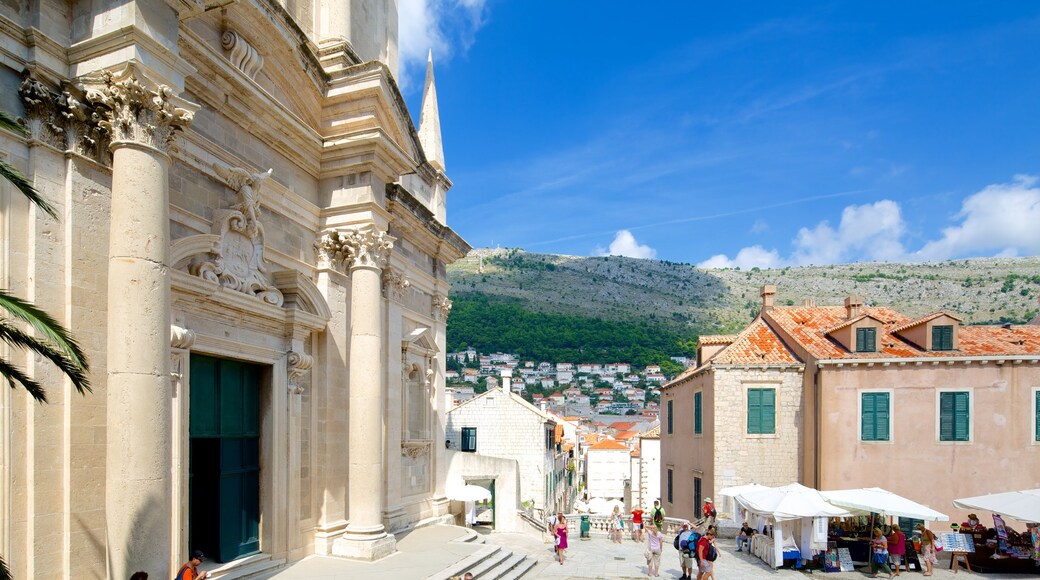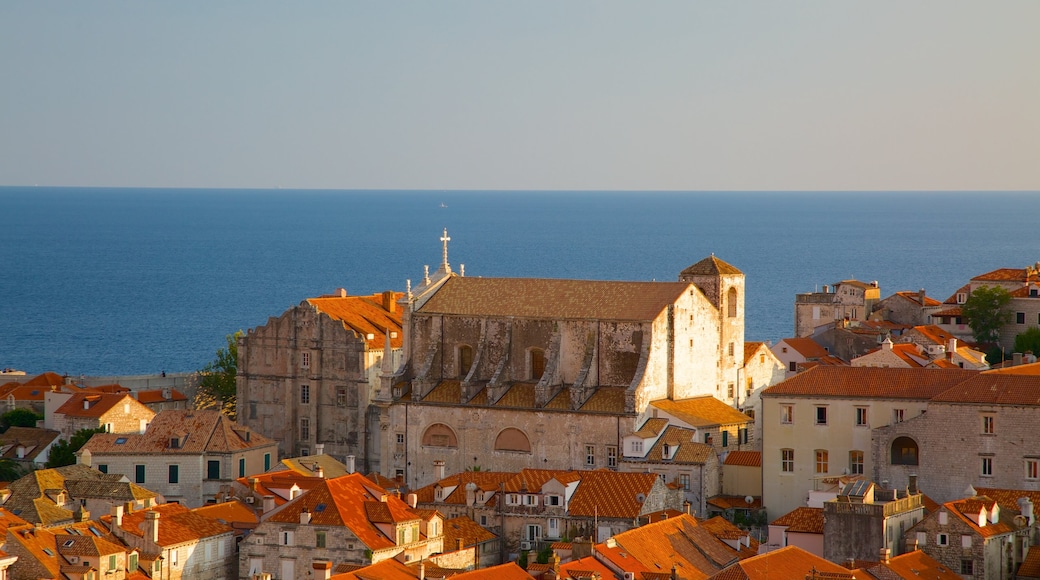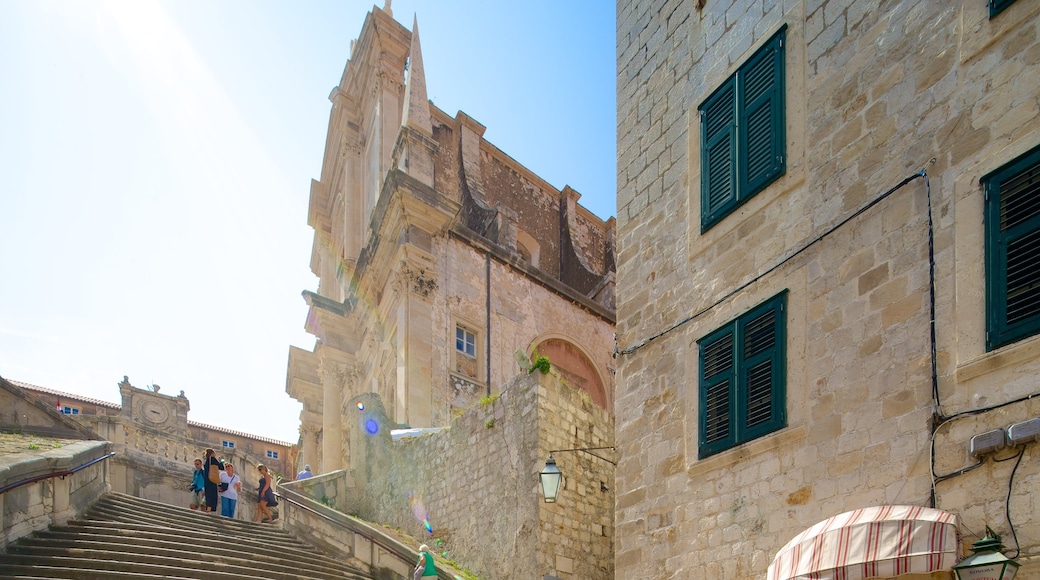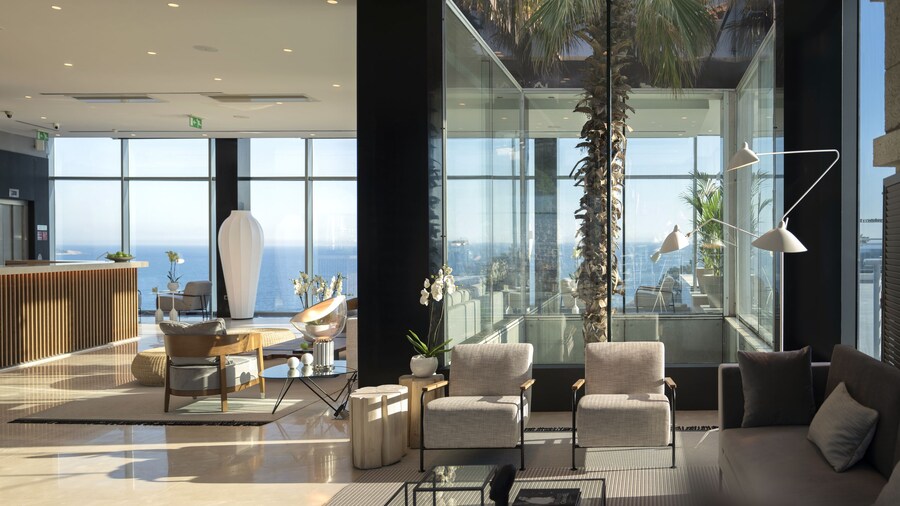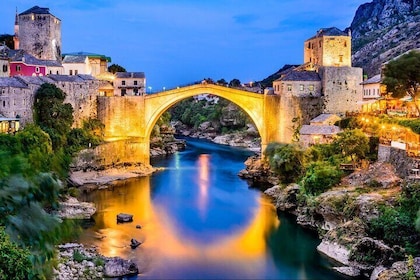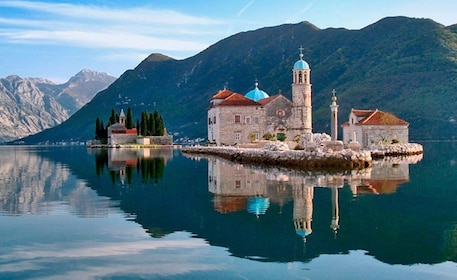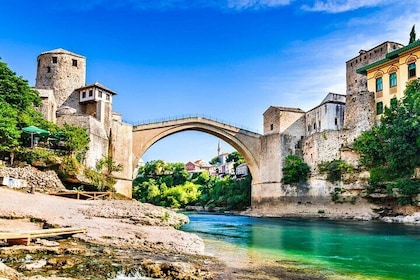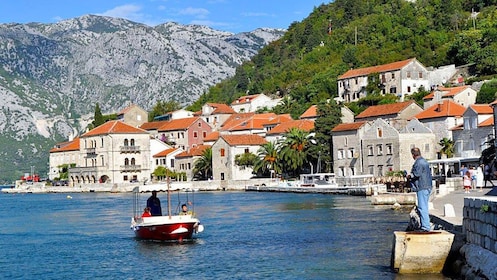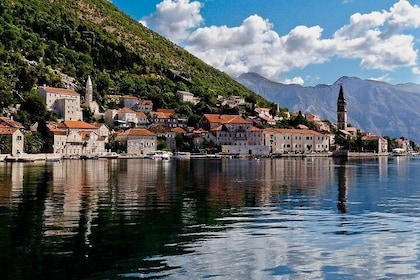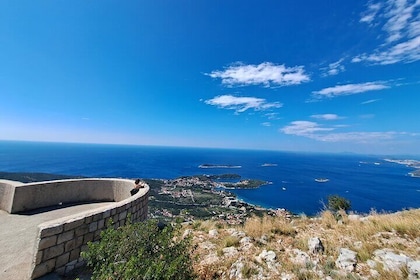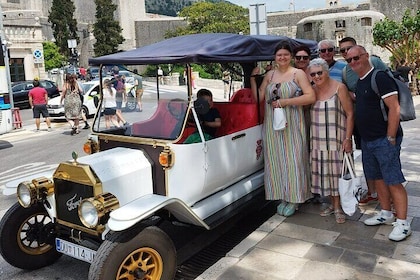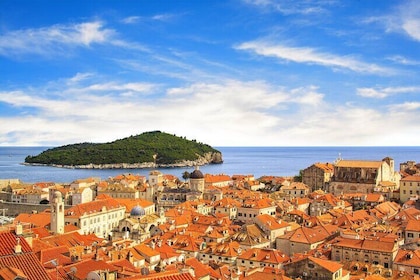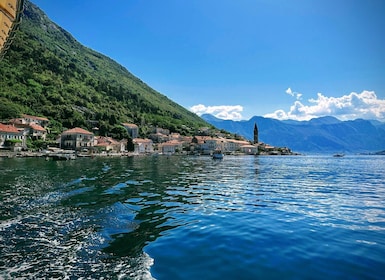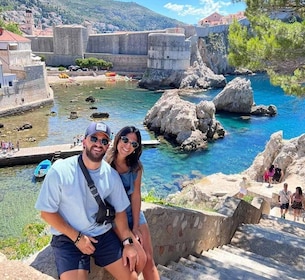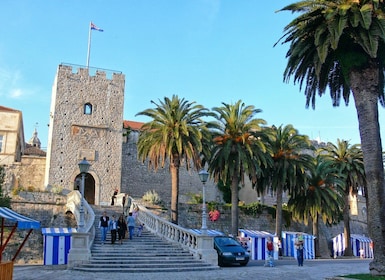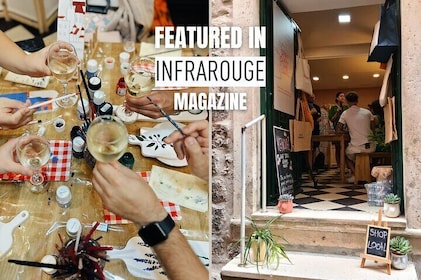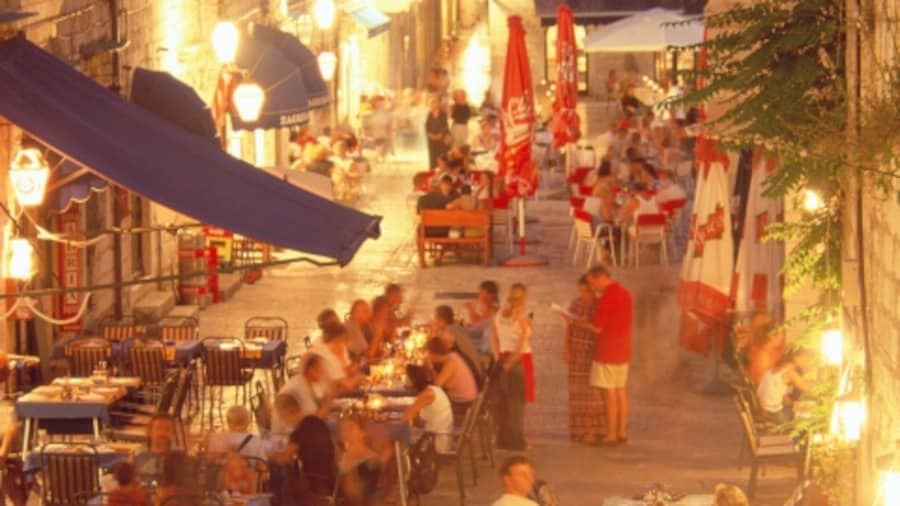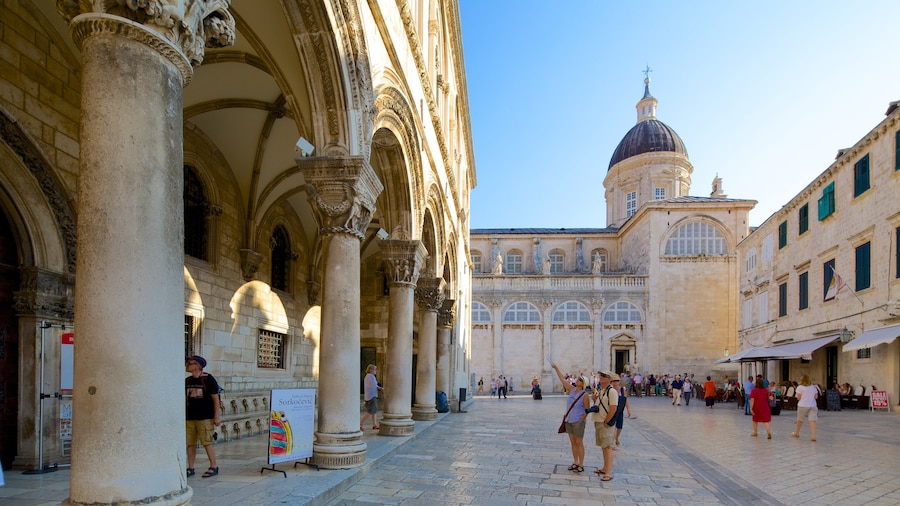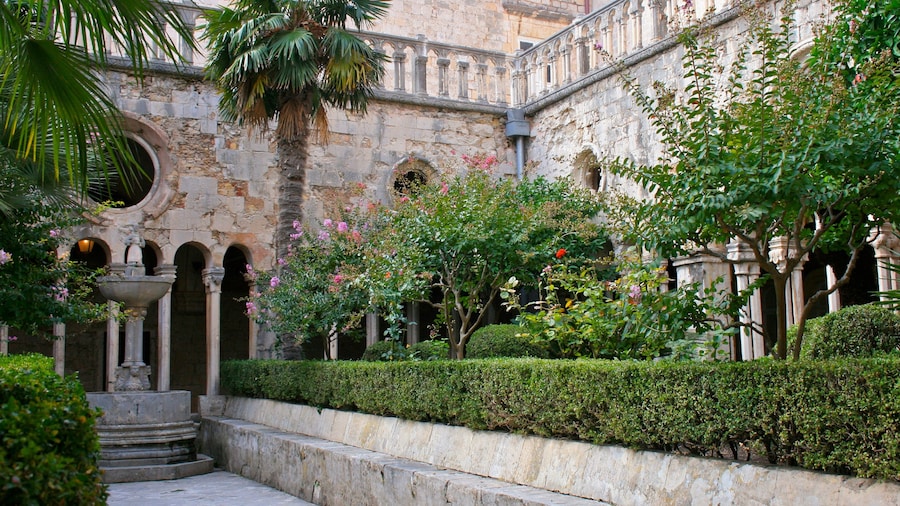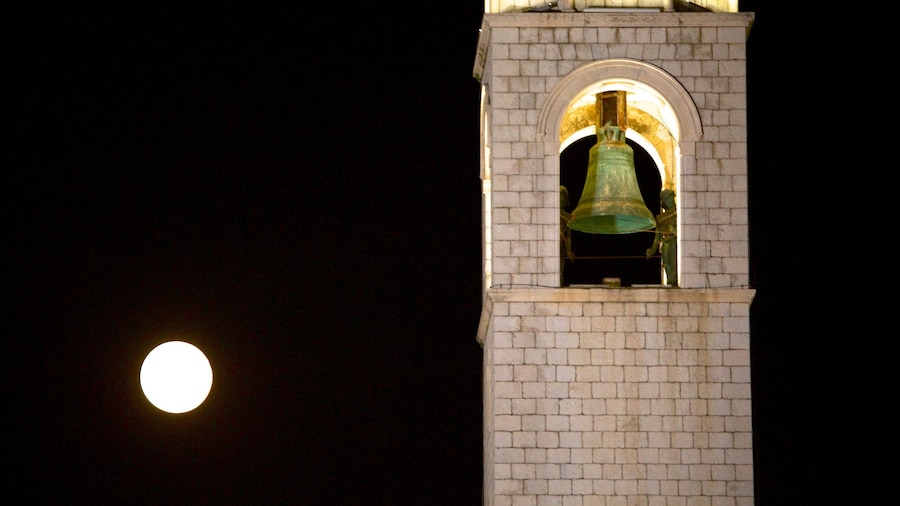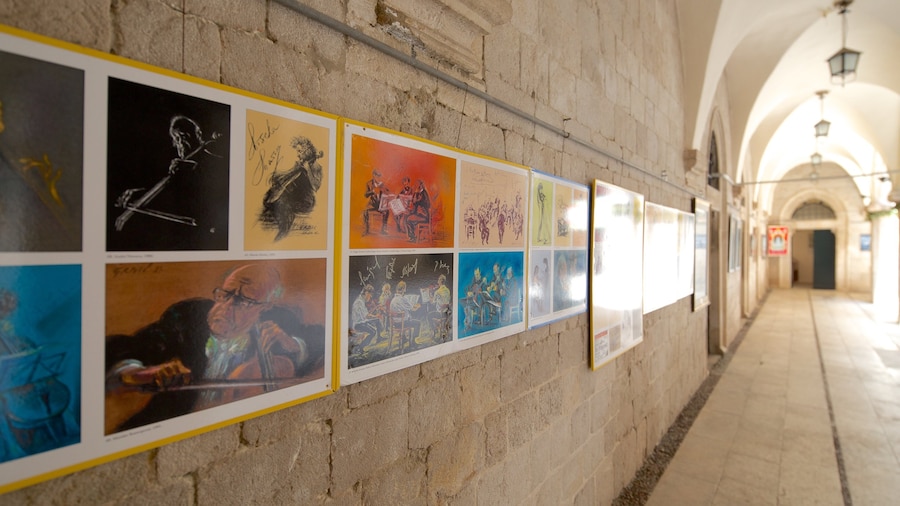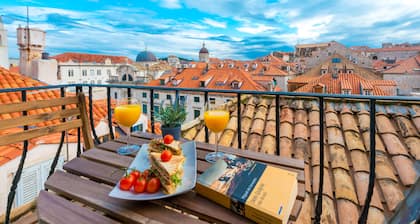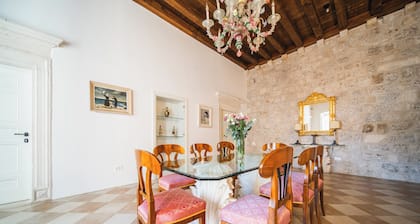To get to the Church of St. Ignatius involves a walk up a grand baroque staircase inspired by Rome’s Spanish steps. The church is part of a complex of baroque buildings and is next door to a Jesuit college. Behind the striking exterior of this popular place of worship are frescoes depicting the life of St. Ignatius Loyola, the founder of the Jesuit religious order.
Start your tour of the early 18th-century church by surveying the façades. As you do so, you will notice a few empty niches that look as if they are missing their statues. They were meant to be occupied, but a ship transporting a number of sculpted figures destined for the church was lost at sea, and the statues were never replaced.
Head inside and study the series of frescoes around the main altar by the Sicilian artist Gaetano Garcia. Among the significant episodes depicted are St. Ignatius holding the Jesuit’s Book of Rules and his sending of the first Jesuit missionary out into the world. Look up above your ahead at the colorful fresco that decorates the semi-dome. At the rear of the church is a painting that portrays the death of the first Jesuit missionary, Francis Xavier.
View the imitation of the grotto of Lourdes. The original shrine in Lourdes, France is where the Virgin Mary is said to have appeared to a peasant girl called Bernadette. Listen for the occasional chime of the church bell, which was cast in the mid-14th century and said to be the oldest in the city.
If you are in Dubrovnik during July and August, come to the Church of St. Ignatius for the Dubrovnik Summer Festival. The staircase and the square the church sits on become open-air performance venues for the city-wide celebration of the arts.
The church is open every day and admission is free. The staircase connects Gundulić Square with Bošković Square and is a short walk from the old town.


